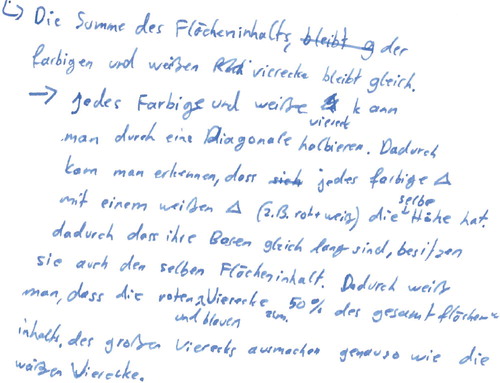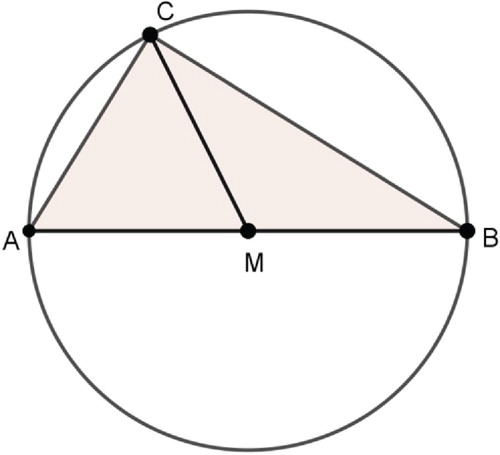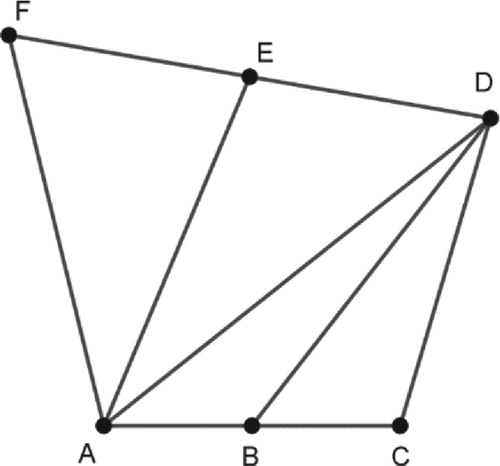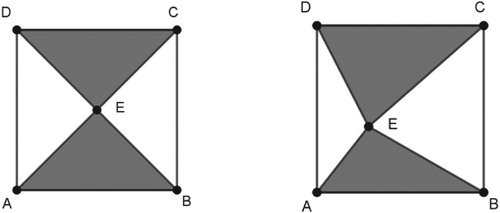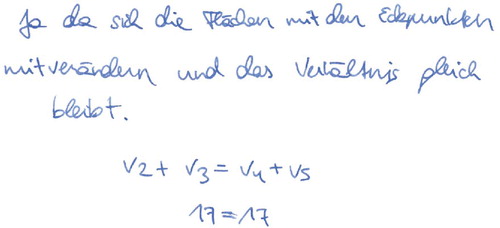Figures & data
Figure 1. Possible changes. (To view this figure in colour, please see the online version of this journal.)
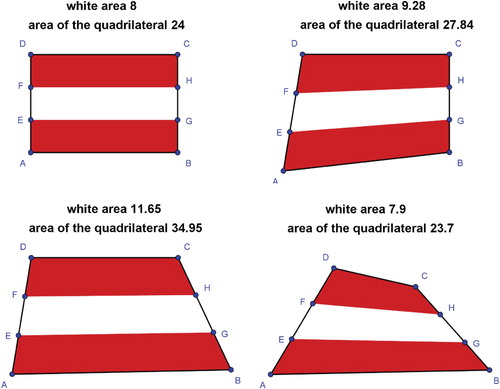
Figure 2. The national flag of Panama and the constructed flag of Panama. (To view this figure in colour, please see the online version of this journal.)

Figure 3. Proof for the equality of the areas for the flag of Panama. (To view this figure in colour, please see the online version of this journal.)
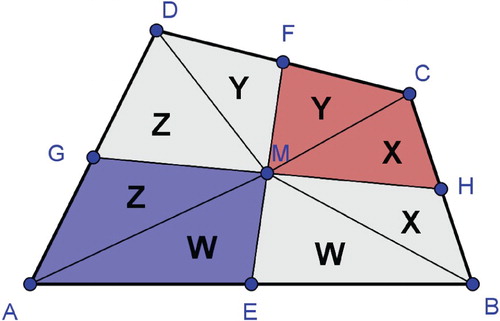
Figure 4. The national flag of the Republic of the Congo and the constructed flag of the Republic of the Congo. (To view this figure in colour, please see the online version of this journal.)
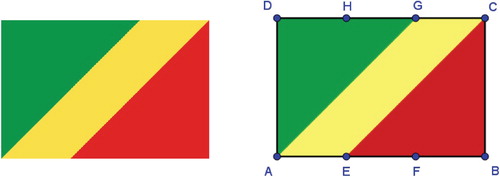
Figure 5. Proof for the area proportion of the yellow section for the flag of the Republic of the Congo. (To view this figure in colour, please see the online version of this journal.)
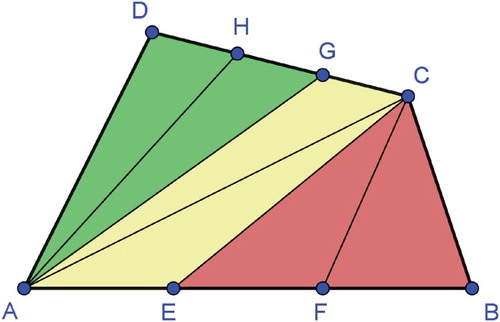
Figure 6. The national flag of Tanzania and the constructed flag of Tanzania. (To view this figure in colour, please see the online version of this journal.)
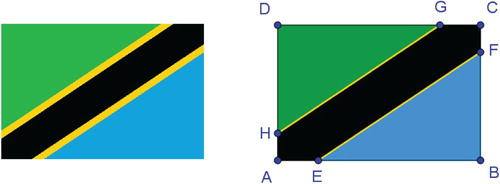
Figure 7. Proof for the area proportion of the black section for the flag of Tanzania. (To view this figure in colour, please see the online version of this journal.)
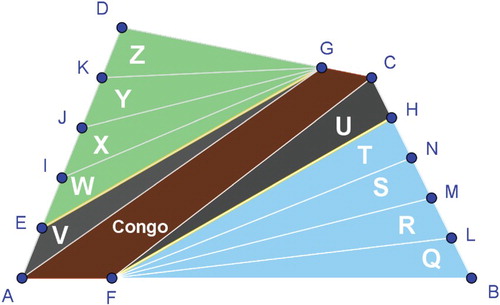
Figure 8. The flag of Scotland and the constructed flag of Scotland. (To view this figure in colour, please see the online version of this journal.)
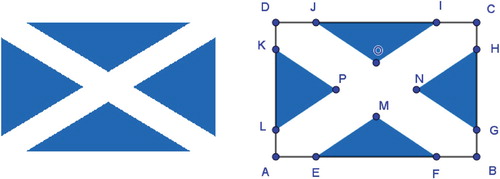
Figure 9. Proof for the area proportion of the white section for the flag of Scotland. (To view this figure in colour, please see the online version of this journal.)
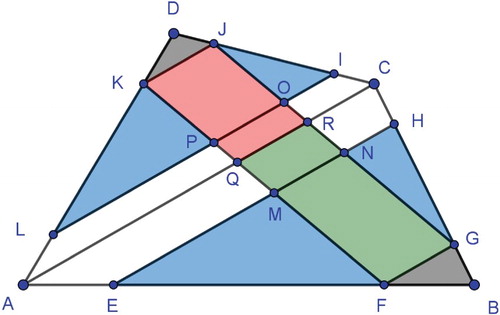
Figure 10. The national flag of France and the constructed flag of France. (To view this figure in colour, please see the online version of this journal.)

Figure 11. Proof for the area proportion of the white section for the flag of France. (To view this figure in colour, please see the online version of this journal.)

Figure 12. The flag of Switzerland and its modified flag. (To view this figure in colour, please see the online version of this journal.)
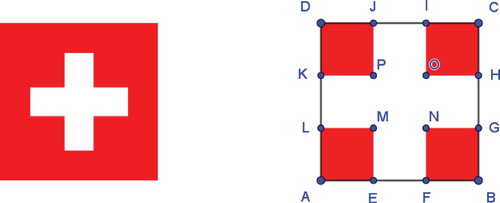
Figure 13. Proof for the area proportion of the white section for the flag of Switzerland. (To view this figure in colour, please see the online version of this journal.)
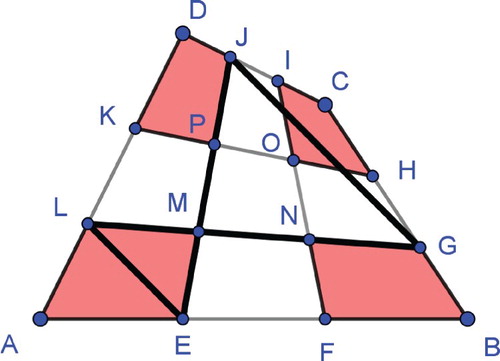
Figure 17. Solution of a student – 1. (To view this figure in colour, please see the online version of this journal.)
Translation: Since there are always two edges of equal length and they have the same altitude. This is why the areas are equal.
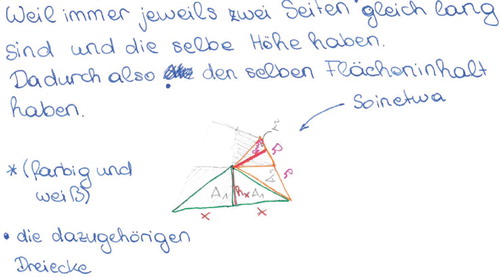
Figure 18. Solution of a student – 2.
Translation: Every coloured and every white quadrilateral can be halved by a diagonal. Then one sees that every coloured triangle has the same altitude as a white triangle. Because of the same length of their bases, they have the same area. Because of that, one knows that the area of the red and blue quadrilaterals aggregate to 50% of the area of the whole quadrilateral.
